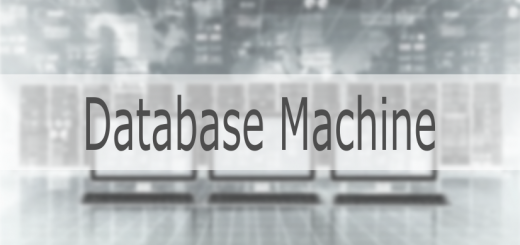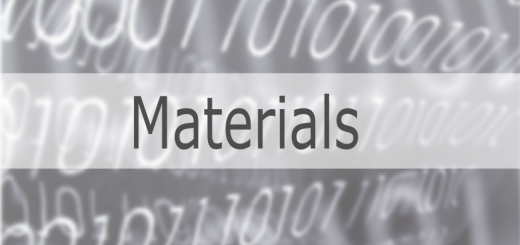Approach – Unplugged Computing
Summary of Approach
Office Mix goes here
Unplugged computing is a form of kinaesthetic, or tactile, learning in which learning takes place by the students carrying out physical activities, rather than listening to a lecture or watching demonstrations. In Computing Science these activities usually give an overview of how a particular computational process works or allow learners to manipulate and restructure data.
Keypoints
- A process is emulated through physical activities carried out by the students.
- The main process is broken into a series of steps which may be allocated to each student as part of a group activity or performed individually.
- Unplugged learning can be used to aid in understanding how a particular process works or as a way of being able to manipulate and restructure data to understand relationships.
- Using these activities does not mean that learning style theory as a way of thinking about learners has much merit. The advantages relate to being able to slow a process down or make the way information is structured concrete and visible. This allows learners to actively think about them in a way that’s not normally possible.
Limitations
- Physical resources to facilitate the learning activity must be created
- Some processes may be difficult to simulate in a way that isn’t too complex.
- In-depth learning will require additional teaching activities that encourage learners to reflect on their experience.
- Rules for the implementation of the process must be written and applied
- In some cases prior knowledge may be required for the pupil to be able to carry out their role effectively.
PLAN C Techniques
There are two main techniques that are applied in many unplugged and kinaesthetic activities for Computing.
The first technique involves focusing on the manipulation and restructuring of data that may be stored in a computer. This usually involves being provided with some form of information and then having to manipulate it to understand how the computer uses it. This could be rearranging and grouping pieces of information stored in a complex system such as Facebook or identifying repeated patterns in a piece of information and storing it in a more efficient manner.
The second technique involves giving one or more roles to groups of learners who then embody a system and carry out the process instead. This could be anything from translating code by acting as an interpreter or a compiler or fetching, decoding and executing instructions in the central processing unit.
Reasons for Recommendation
“Great ideas originate in the muscles” – Thomas Edison
Teacher Experiences of Benefits
My higher class were pleasantly surprised when they saw the room laid out for a hands-on activity and actually enjoyed having a role to play instead of the usual chalk and talk lesson.
M Reynolds – Faculty Head, Uddingston Grammar School
I have used a variety of kinaesthetic approaches to learning Computing Science. This includes a number of tasks that are part of the code.org curriculum, tasks that look at networking and server activity, and dice or cards for learning sorting algorithms at Advanced Higher.
P Liddle, Principal Teacher, Bearsden Academy
Research References
Begel A., Garcia D. and Wolfman S., “Kinesthetic Learning in the Classroom”, ACM SIGCSE Bulletin, v. 36, n. 1, March 2004.
Wolfman, S. and Bates R., “Kinesthetic Learning in the Classroom”, J. Computing Sciences in Colleges, v. 21, n. 1, p. 203-206, October 2005.


